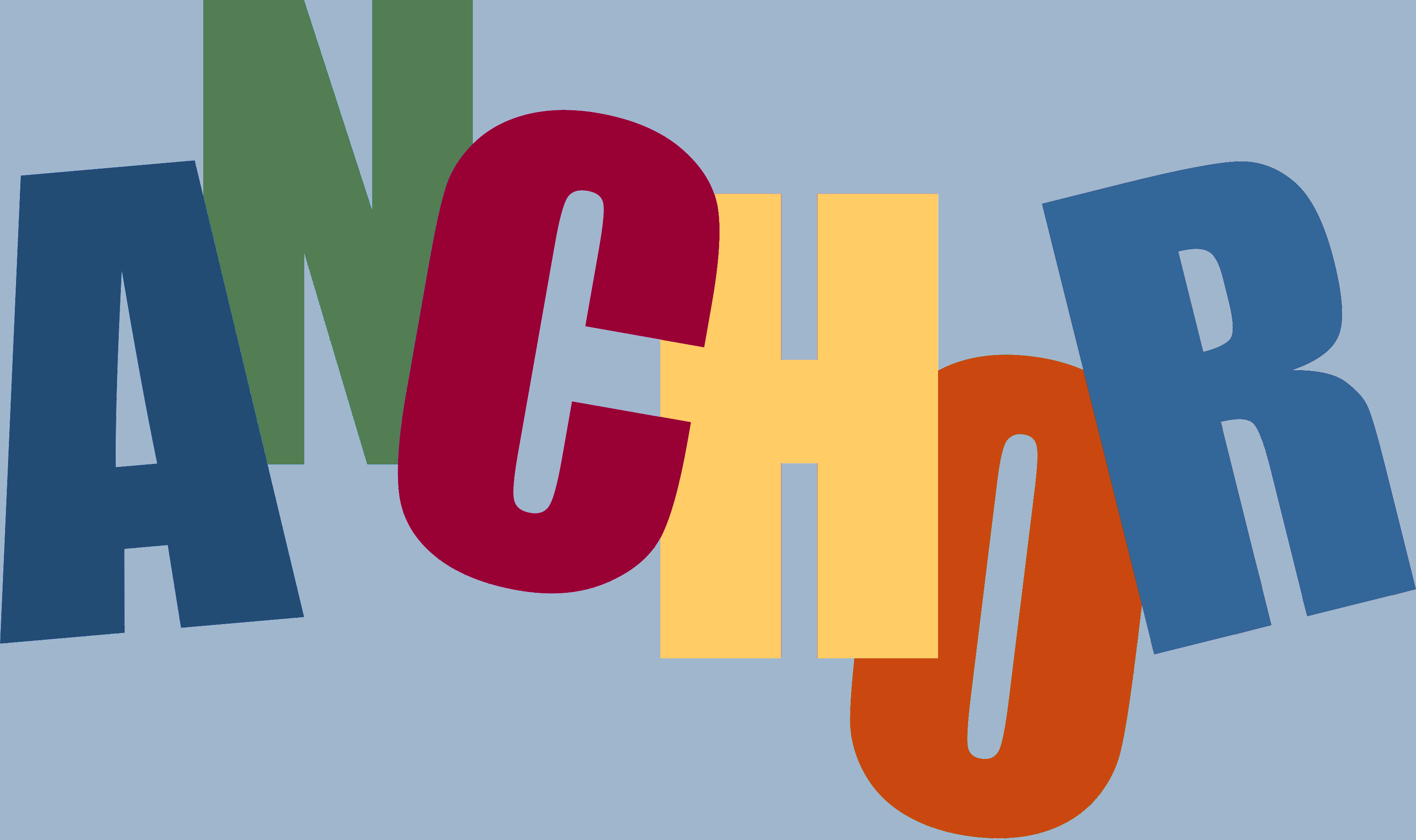
Prediction of Protein Binding Regions in Disordered Proteins
|
NEW
|
|
Sequence input
There are two ways to input a protein sequence: >Name of the sequence Multiple sequences
It is possible to input more than one sequence using the multiple sequence version of ANCHOR.
Sequences can be input in either multiple FASTA format or by supplying a list of UniProt IDs/ACs. It is also possible to
upload a file containing the sequences or a list of UniProt IDs/ACs. Motif searches are also supported and motifs can be uploaded
in a file as well. The output is provided in a text-only form and is available via a temporary link that is provided in the
results page and is also sent to the email address provided.
The prediction of disordered binding regions can be complemented by motif searches. The motifs are specified by a
standard regular expression (read more about regular expression syntax here). The format is motif [name]where name is optional. There should be only one motif per line. For example:
F...W..[LIV] MDM2
[RK].L.{0,1}[FYLIVMP] CYCLIN_1
[PA][^P][^FYWIL]S[^P] USP7_1
A complete list of current ELM motifs from the ELM database can be found here and a list of calmodulin binding motifs from the Calmodulin Target Database can be found here converted into this format. You can copy and paste it in the appropiate field, or when using ELM motifs it is possible to just specify the name of the motif and exclude the pattern itself, hence instead of: [RKY]..P..P LIG_SH3_1 P..P.[KR] LIG_SH3_2 ...[PV]..P LIG_SH3_3 KP..[QK]... LIG_SH3_4 P..DY LIG_SH3_5it is possible to write just: LIG_SH3_1 LIG_SH3_2 LIG_SH3_3 LIG_SH3_4 LIG_SH3_5 Other motifs can also be specified. For example a motif to find proline-rich regions can be:
P+.?P{2,}.?P+ Poly-Proline
The server returns the starting and ending position of each hit of every motif searched together with the matched sequence. If the found motif
is a known true positive instance of an ELM then the UniProt ID of the protein containing that true positive hit is also returned.
If the graphical output mode is selected (see "Output type" section below), the results of the motif search are shown with colored boxes.
Known true positive hits are indicated by red boxes and the rest of the hits are indicated by orange boxes (see eg. p53 in the
Examples section).
Output type
Generate plot:
Currently there are two filtering criteria. Short regions with length below 6 residues and regions with an average IUPred score below 0.1 are filtered out
(see the predictions for hemoglobin and glycophorin in the "Examples" section
for demonstration on the effect of the two filtering criteria).
6 sample runs of ANCHOR are provided here to demonstrate the application of the server.
|
References:
Bálint Mészáros, István Simon and Zsuzsanna Dosztányi (2009)
Prediction of Protein Binding Regions in Disordered Proteins
PLoS Comput Biol 5(5): e1000376. doi:10.1371/journal.pcbi.1000376
Zsuzsanna Dosztányi, Bálint Mészáros and István Simon (2009)
ANCHOR: web server for predicting protein binding regions in disordered proteins
Bioinformatics 25(20): 2745-2746.